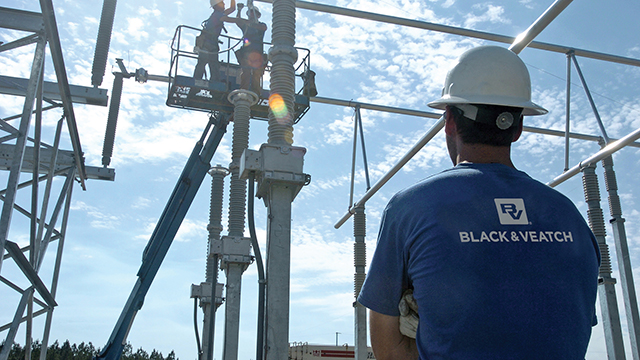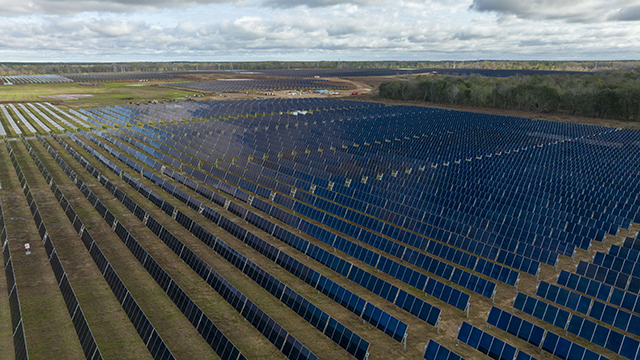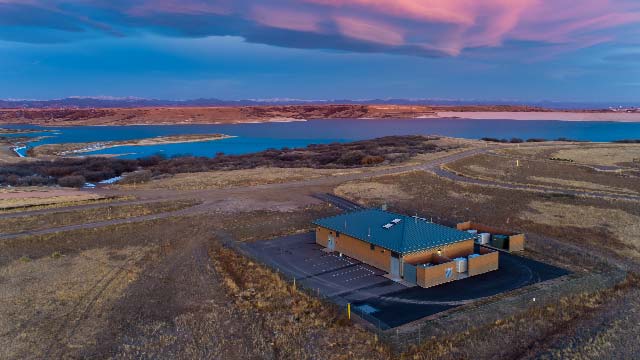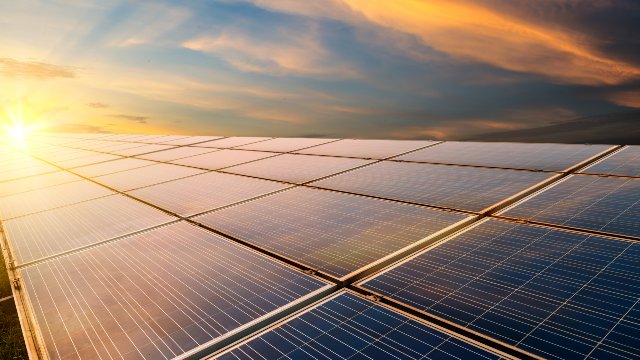A common misconception is that hydropower is limited to schemes that include large-scale dam developments.
In reality, small- and mid-scale run-of-river projects can be successfully developed with lower capital start-up costs. By connecting remote areas to the grid, these projects can deliver additional social-economic benefits for rural communities. Another application would be mini hydro plants installed within traditional water treatment facilities.
In the last 15 years, hydropower in Asia has remained relevant in two important ways: It has proven its ability to offset the short term variability of solar and wind power generation, and the advent of new equipment manufacturers within the industry has also afforded owners with additional choices for developing hydropower resources.
On top of that, Pumped Storage Hydro-Electric Power Plants (HEPP) are the most effective solution to support the grid and smoothen out power fluctuations caused by wind and solar peaks. They are also particularly helpful where there is heavy industry nearby, such as smelters.
Black & Veatch believes these developments have built a broader appreciation of the applicability and viability of hydropower. However, key industry events continue to play a critical role in increasing awareness of the nexus of water and energy.
Rise to the challenge
Black & Veatch displayed its confidence of Southeast Asia’s hydropower potential by establishing a Hydropower Center of Excellence in Singapore in 2014 to share knowledge and educate interested business communities in the region on the value of viable and alternative hydropower development.
With the region dependent on oil imports and facing potential natural gas supply shortages, hydropower has emerged as a viable option to help meet growing demands for electricity. Black & Veatch expects generation capacity to double in the next 10 years across Indonesia, Malaysia, Myanmar and the Philippines.
The focus remains on maintaining investor confidence in hydropower, and this is especially important in regions like Southeast Asia where there is renewed interest from a new set of developers and lenders.
Black & Veatch anticipates that the next phase of hydropower development in Southeast Asian countries will be technically more difficult than earlier phases, as typically the sites with relatively easy access and favorable topographic conditions have already been developed. Successful hydropower development is very much site- and solution-specific.
Consequently, developers assessing investment potential, in particular, hydropower opportunities, would need to seek quick, accurate and realistic costing and scheduling that takes into account the potential cost and schedule impacts of the actual site conditions. This includes obtaining sufficient knowledge of subsurface conditions and properties that could potentially result in down-the-line construction cost increases or schedule delays.
Black & Veatch believes accurate assessment on the cost and delivery impacts of actual site conditions and physical characteristics, as well as the local construction and regulatory environment, would assure developers a higher project success rate.
The ability to draw on local knowledge as well as a full suite of technical engineering specialists – civil, electric, mechanical, and geotechnical – during the pre-construction phase helps developers arrive at more realistic cost and schedule assessments of hydropower facilities.
Subject Matter Experts
Hans Naeff: NaeffH@bv.com
Charles Feild: FeildCT@bv.com
William Yong: YongW@bv.com








